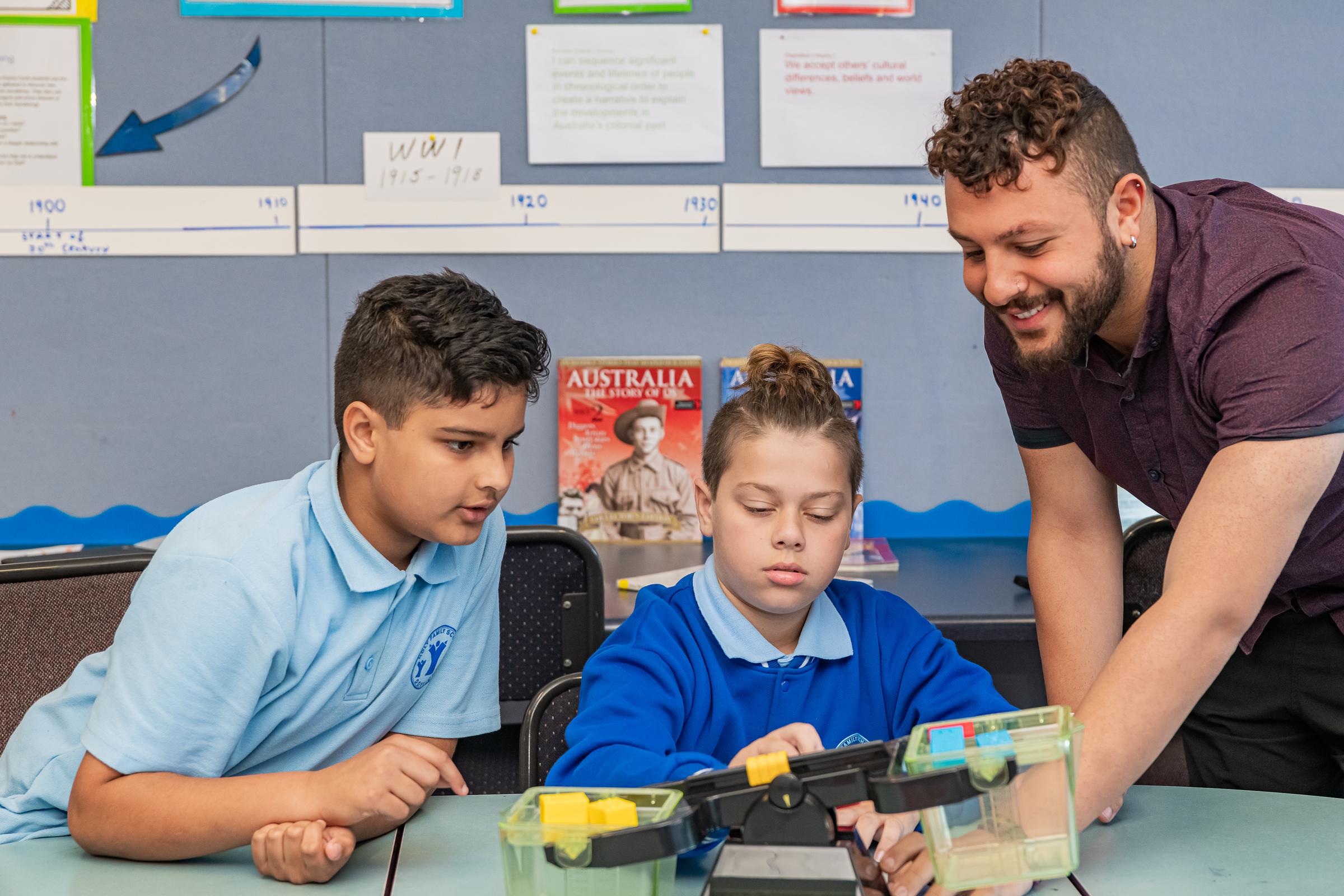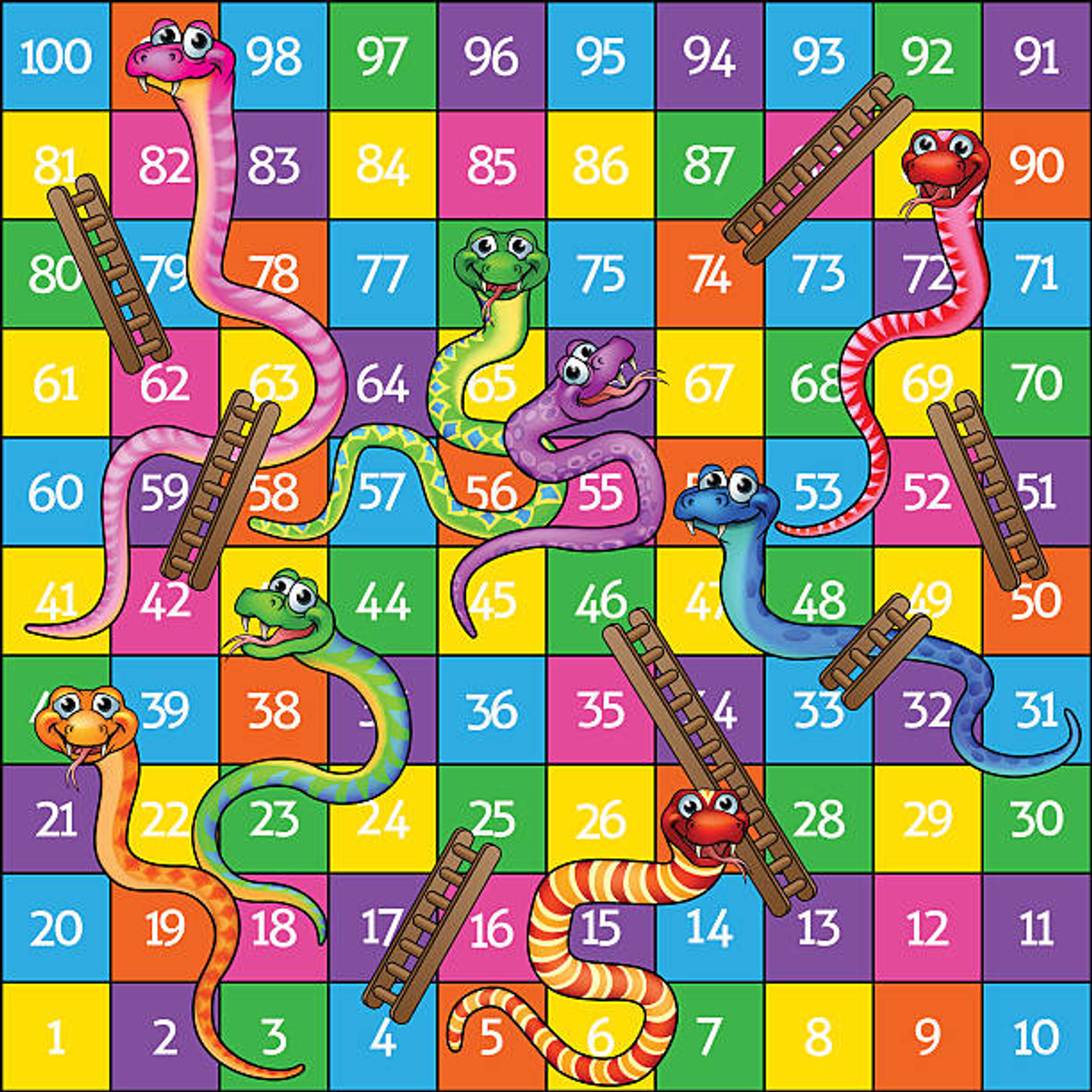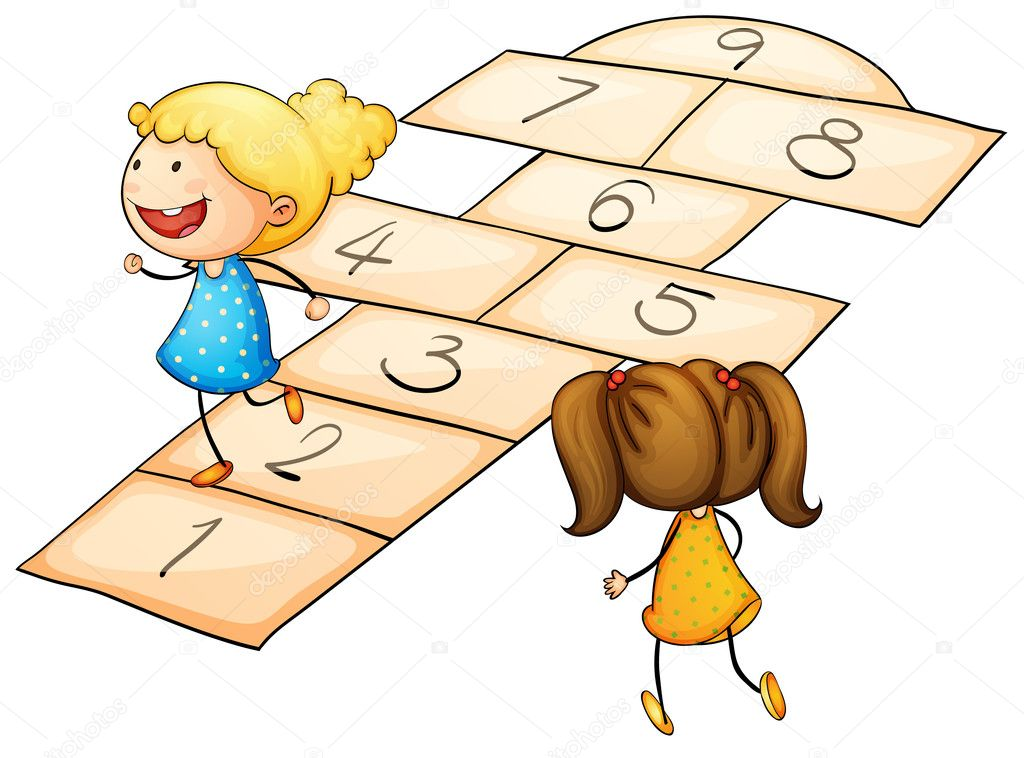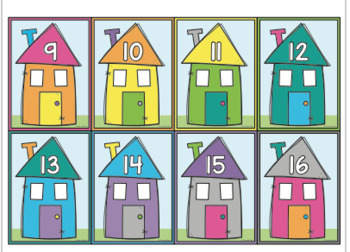Numeracy

More on Mathematics is fun
Following on from last week, here are some other ways to incorporate mathematics into home activities.
Measuring
Measuring is a fun and active mathematical activity. You start with comparing which things are longer or heavier or thicker – and again there are lots of words to learn. Get some coloured water and tip it into different containers. Children will find it amazing that the same volume of water can look so different. Who can guess how high the water will go in a different container? For older children, you can teach them how to use the scales on the side of a measuring cup and another measuring. This is much easier for children to learn at home, where there are one-on-one attention and some equipment. See if you can put objects in order of weight, and then check using the scales.
Board and card games
As children get older, they like to play games – board games and card games. These games do not need to be labelled as educational for there to be mathematical benefits. Roll and move games like snakes and ladders and Ludo provide subitising practice (recognising the number from the dots) and counting. Dice games also help develop an understanding of chance and probability. Most games have mathematical underpinnings. It is important for the games to be fun!
Movement
Children love to move and there is a great opportunity for mathematics in movement. Estimate how many steps it will take to get to the next lamp-post, then check. Is it the same for the child as for the parent? Why or why not? How far can you jump? How many swings can you get without pumping again? Give directions – go ten steps forwards then turn right, then ten steps forward etc. Play hopscotch. Draw numbers on the ground with chalk and jump from one to another.
Noticing and wondering
One of the main habits of mathematicians and scientists (probably artists as well) is noticing and wondering. You notice that the numbers on your side of the street are all even numbers. You wonder if that is always the case. You notice that it is easier to put a round shape into a round hole and wonder why that is. You notice that egg cartons only come in certain numbers, and wonder why, and which numbers are used. With your child, get in the habit of noticing and wondering.
Source:
https://creativemaths.net/blog/family_maths/
Lea Drury
Mathematics Leader




